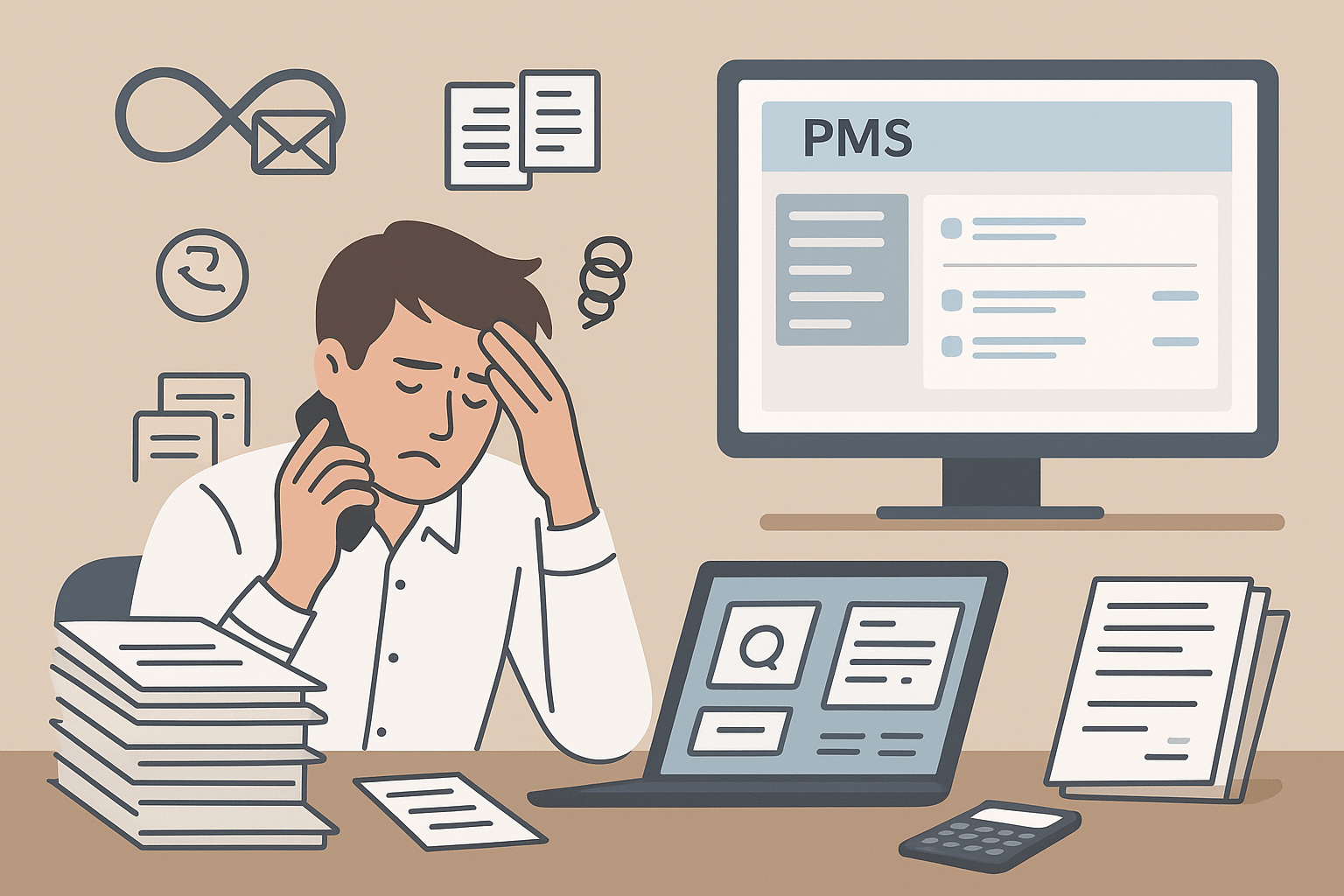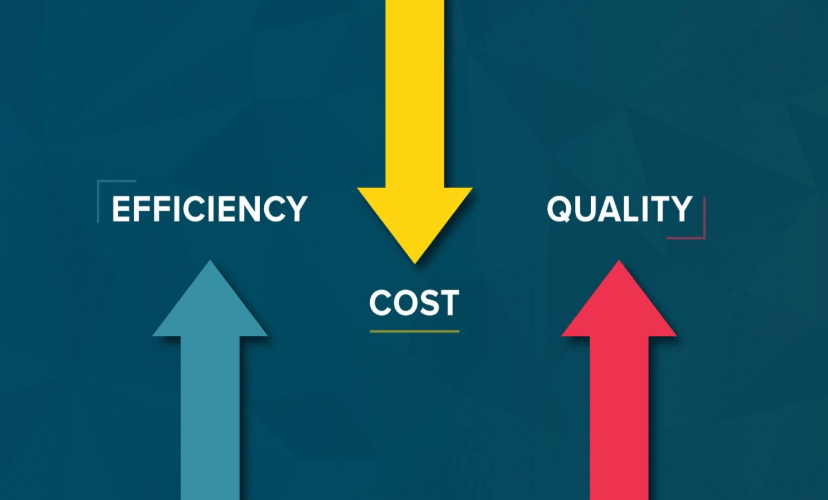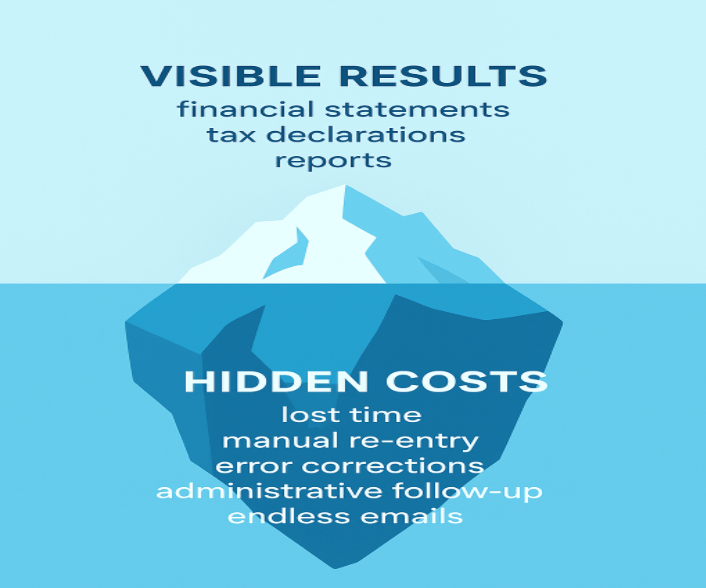Practice Management ROI: Uncover Hidden Profit Killers
For small firm accountants, consultants, agencies, and professional service providers, the daily grind of managing clients, deadlines, and compliance often feels chaotic. You get used to late-night catch-ups, chasing missing documents in email threads, and spending valuable hours on admin instead of billable work.But here’s the truth:
Those small inefficiencies? They add up. And they’re costing your firm more than you think.
If you feel like you’re losing time, billable hours, and client trust when it comes to managing your firm, here’s the good news: these hidden costs are avoidable. In fact, they’re exactly what a purpose-built Practice Management System (PMS) like SLIQ 360 is designed to eliminate.
If you’re trying to build a business case for improving your firm’s systems or convince decision-makers that software is worth the investment, this guide will help you calculate your practice management ROI in practical, business-critical terms.
Top 5 Hidden Costs a PMS Eliminates (And How to Calculate the ROI)
1. Busy work
What it is: Endless email threads with clients, manually chasing documents, double-entry between tools, and compiling reports by hand.
Why it matters: This work isn’t billable, and it steals time from client service. Across your team, those hours add up to serious revenue loss.
How a PMS helps: A centralised PMS automates reporting, organises client files, and integrates communication — so no more document chasing or redundant admin.
Practice Management ROI Example:Imagine a 5-person team saving 2 hours per week each at £40/hour. That’s:
£20,800 saved annually — just from reducing busywork. |


2. Context switching and chaos
What it is: Without a PMS, firms bounce between multiple tools: Excel for task tracking, email for communication, Dropbox for files, tax software for filings, and chat apps for quick updates.
Why it matters:
Research shows that switching between tools and contexts can waste up to 40% of productive time. Errors also multiply when staff must copy-paste information across platforms.
How a PMS helps:
A PMS unifies client communication, task lists, files, deadlines, and billing in one platform. Staff no longer waste time toggling between tabs or searching for information — everything is in one place.
Practice Management ROI Example: For a 10-person team with an average salary of £50,000, even a 10% productivity improvement represents:
£50,000 in total annual capacity reclaimed — without hiring a single extra employee. |
.
3. Missed deadlines and rework
What it is:
Compliance deadlines, tax filings, and client deliverables are easy to miss without real-time visibility. Missed deadlines often lead to:
- Regulatory penalties.
- Angry clients.
- Hours of rework and damage control.
Why it matters:
Rework is time you can’t bill. Worse, a single missed compliance deadline can result in thousands in penalties and lasting reputational damage.
How a PMS helps:
With automated reminders, visual timelines, and version control, a PMS keeps your team aligned. Everyone knows which tasks are due, which documents are approved, and what needs to be prioritised.
Practice Management ROI Example: Avoiding just two compliance penalties per year at £5,000 each = £10,000 saved annually. That doesn’t even count the soft savings of avoiding client frustration or reputational harm. |


4. Operational friction
What it is: Without the right tools, firms struggle to answer critical questions like:
- Who has capacity to take on a new client?
- Are we making a profit on this client, or losing money?
- How many hours are being written off each month?
Why it matters:
Overworking staff leads to burnout and turnover, while underutilising them wastes revenue opportunities. Blindness to profitability means you may be serving unprofitable clients without realising it.
How a PMS helps:
A PMS provides real-time dashboards for time tracking, workload, and client profitability. This allows managers to balance workloads, reduce write-offs, and confidently quote new work.
Practice Management ROI Example: If better planning allows you to take on just one additional £15,000 client project per quarter, that’s:
|
5. Client churn
What it is: Clients leave when they:
- Have to chase you for updates.
- Don’t know the status of their deliverables.
- Lose trust due to errors or disorganisation.
Why it matters:
Winning a new client can cost 5x more than keeping an existing one. High churn = constant marketing spend and unpredictable revenue.
How a PMS helps:
With client portals, transparent progress updates, and faster turnaround times, you give clients peace of mind. They see your firm as reliable and professional, which improves retention.
Practice Management ROI Example: Studies show that increasing retention by just 5% can boost profits by 25%–95%. For a firm with £1M revenue, even a modest 5% improvement = £250,000–£950,000 in profit growth. |

Practice management ROI is about more than just time
The biggest leaks in firm profitability don’t appear on your P&L. They’re hidden in wasted admin hours, underutilised staff, missed deadlines, unbilled work, and churned clients.
That’s why ROI isn’t just about justifying a new software subscription — it’s about making your firm more resilient, more profitable, and more scalable.
______________________
Ready to stop losing billable hours, clients, and profits?
Replace your outdated, fragmented tools with a modern Practice Management System like SLIQ 360.
We help firms move from chaos to efficiency — and from wasted potential to measurable growth.
Tired of paying the “chaos tax”?Want to build a case for a PMS?Contact us for a free diagnosis where we’ll identify your biggest hidden costs and calculate your potential ROI. |
